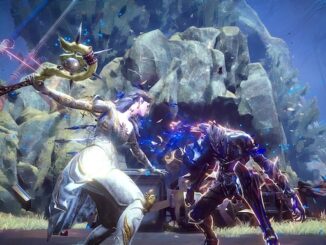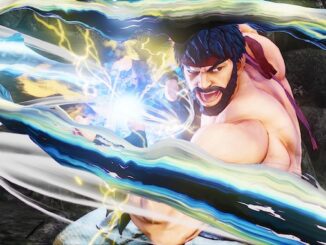Our review of Sekiro: Shadows Die Twice, developed by FromSoftware. Released on March 22, 2019 for PS4 (reviewed), Xbox One, and Microsoft Windows.
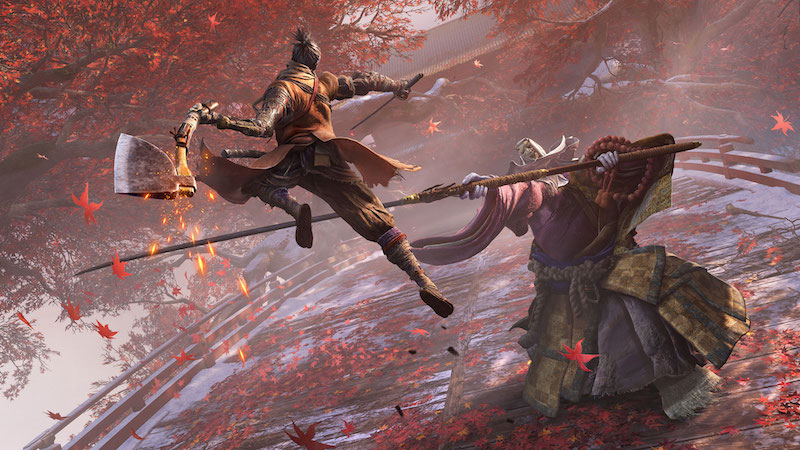
WHAT IS IT?
An unforgivingly difficult ninja-action game from the creators of Dark Souls and Bloodborne.
IS IT GOOD?
Kind of? At least for masochists? It’s not always fun, though.
WHO SHOULD PLAY IT?
Masochists. Also, a PSA: ninja fans should look elsewhere. The stealth gameplay, while good, is very much secondary to the aforementioned combat.
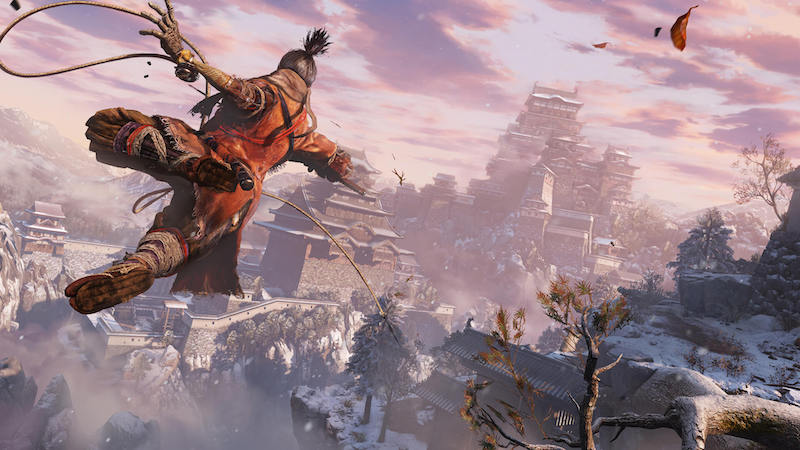
WELCOME TO DIE
When it comes to games from legendary Dark Souls director Hidetaka Miyazaki, players need to know what they’re getting into. You start, you watch a beautifully-rendered cutscene, you wander into an even-more-beautifully rendered fantasy world, and then you’re immediately struck dead by a vastly overpowered enemy.
WELCOME TO DIE, AGAIN
When it comes to games from legendary Dark Souls director Hidetaka Miyazaki, players need to know what they’re getting into. You start, you watch a beautifully-rendered cutscene, you wander into an even-more-beautifully rendered fantasy world, and then you’re immediately struck dead by a vastly overpowered enemy.
Then you repeat. You get back up, you take a deep breath, and you confront the foe that got the best of you last time.
And then you die again.
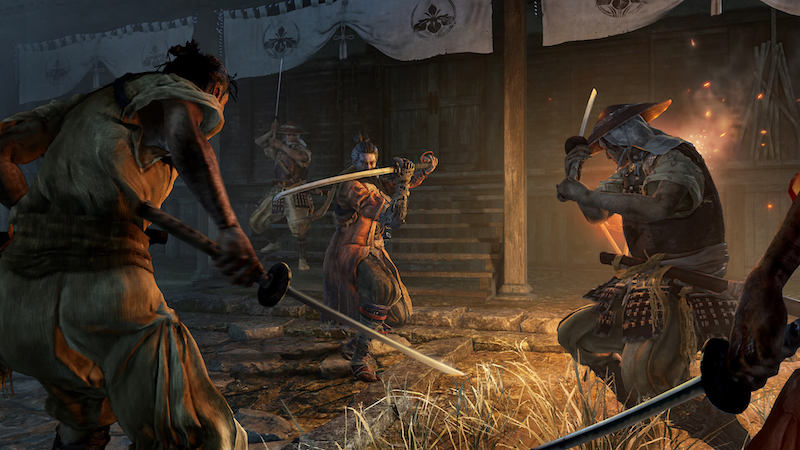
WELCOME TO DIE, REDUX
When it comes to games from legendary Dark Souls director Hidetaka Miyazaki, players need to know what they’re getting into. You start, you watch a beautifully-rendered cutscene, you wander into an even-more-beautifully rendered fantasy world, and then you’re immediately struck dead by a vastly overpowered enemy.
Then you repeat. You get back up, you take a deep breath, and you confront the foe that got the best of you last time.
And then you die again.
And again.
And again.
You get the picture.
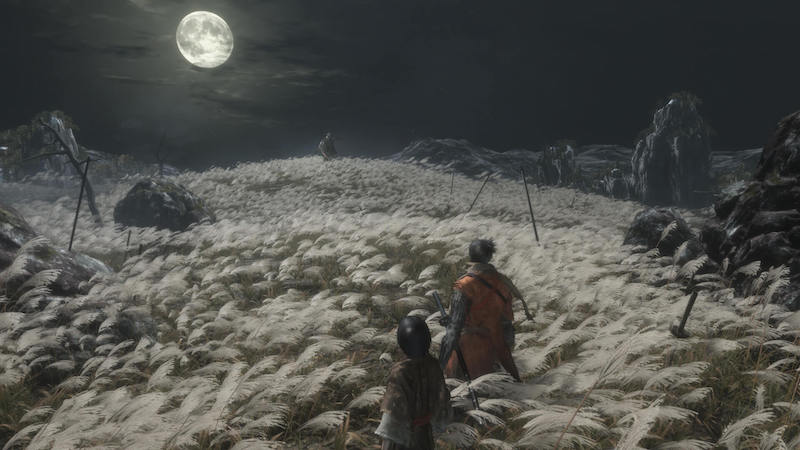
SLICE AND DICE
If you found the above introduction annoying, then Sekiro: Shadows Die Twice is not for you. But if you found it kind of interesting, or simply put up with it in anticipation of what might come next, then you’ve probably played a FromSoftware game before.
As with its predecessors Dark Souls and Bloodborne, Sekiro is a game of repetition. Over the course of many, many hours, you learn, mercilessly and relentlessly, the precise locations that enemies are found, the precise timing of their attacks, and the precise strategies to counter them. While Sekiro is a game of skill, it’s also a game of rote memorization: you progress, you die, you learn, you repeat.
More than anything else, it reminds me of Ghosts ‘n Goblins, a beloved childhood staple that I played (and died, and repeated) so many times that, to this day, I could probably finish the first level with my eyes closed. Sekiro is like that, only about 60 hours longer.
Sekiro is, however, a slightly more grounded experience than the Souls or Ghosts titles. Playing as a lone shinobi codenamed Wolf (a nice nod to the Lone Wolf and Cub series, whose creator, coincidentally, just passed away), you’ll travel through a relatively non-fantasy ancient Japanese landscape, fighting relatively non-fantastical enemies. There’s also something of a story here (barely), though the fact that the intermittent cutscenes repeat every time you restart a boss can grow very tiresome.
AND DICE AND SLICE
Sekiro does have some advantages over its predecessors. Because you’re a ninja, this is the fastest Souls-like to date, making it easy to zip around the landscape – my cousin calls it Emmitt Smith’ing – juking and dodging enemies as you move from checkpoint to checkpoint. Then, when you do stop to confront your foes, the game encourages you to attack fast and fierce, through a “posture” system that wears down enemy defences based on how aggressively you fight.
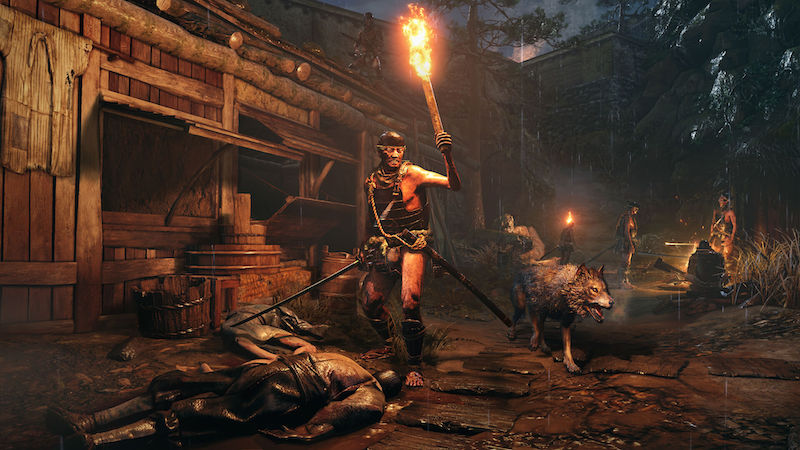
BAD NINJA, BAD!
But there are real problems with this game, problems that become increasingly less excusable as this informal series of über-difficult games wears on.
It begins with the dreadful AI. Sekiro‘s foes have the worst memory this side of Metal Gear Solid. It’s all too easy – and given the difficulty, all but necessary – to dash in, reveal yourself to a dozen enemies, surprise “deathblow” one of them, then run away and hide for thirty seconds until they completely forget about you. Then, you do it all over again. It’s stupid and lazy, and I blame FromSoftware.
Speaking of stupid and lazy, you really, really, need to grind your way through this game. Forget about proceeding level to level, region to region. That’s a good way to get overwhelmed, fast. Instead, you need to grind for currency and XP, slowly unlocking skills and special weapons (including a fairly badass umbrella) in order to level the playing field. In fact, many bosses serve as artificial progression walls: unbeatable at a first or even fifth attempt, they’ll require that you grind out attack power, health, and special attacks for hours before trying again.
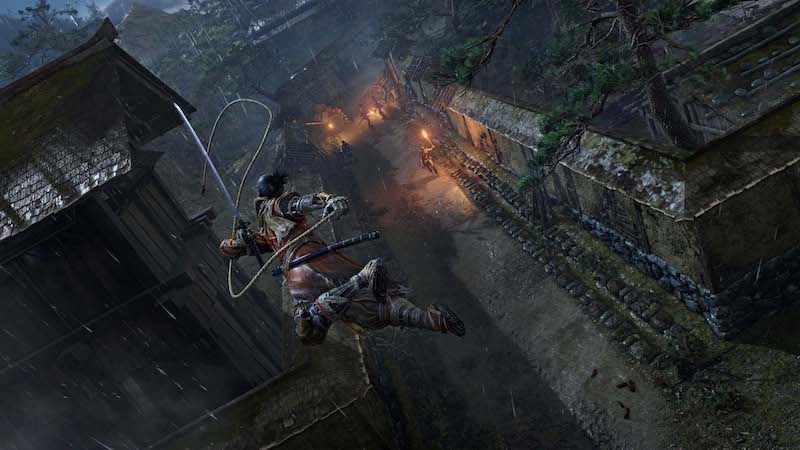
NINJAS LIVE FOREVER
And speaking of bosses! There are some great bosses, and some frustrating bosses, but a couple of qualifiers are in order. First: this is the least monster-friendly Souls-like yet released. Though there are rare (and uniformly excellent) confrontations with gargantuan beasts, most of the time you’re engaged in 1-v-1 sword duels against human enemies. It’s quite a shift for a series known for its screen-filling foes.
And that leads to my second qualifier: if the goal with all the sword-fighting was to make the player look cool, then it mostly fails. While there is a very good, and easily learned, parry system, most of the boss strategies boil down to (a) running in circles like an idiot, and (b) exploiting your enemies’ canned attack animations.
That said, in rare moments, the parry and posture system works really well, with everything coming together to deliver some truly epic ninja/samurai sword battles. Still, far too much of the game involves cheesing your way past bosses, simply because they’re too difficult to confront head-on.
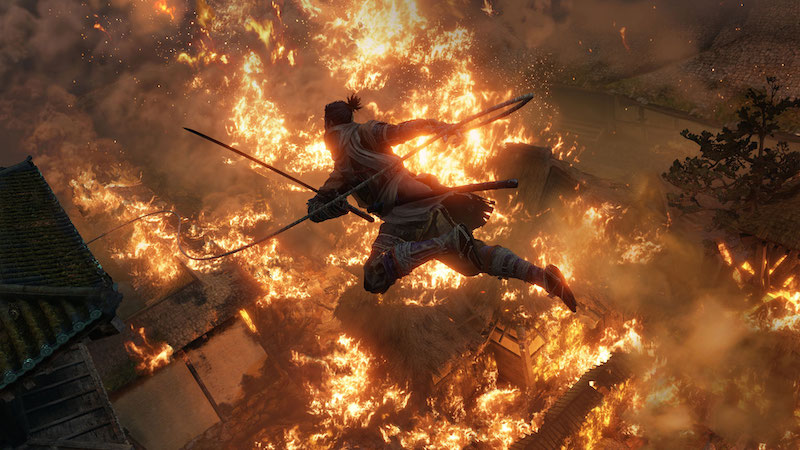
BUT GAMERS ONLY LIVE ONCE
Fundamentally, Sekiro is a masochist’s game, made by sadists. Punishingly difficult and distressingly repetitive, the only reason why it’s at all enjoyable is that it does deliver those rare moments, after several days (literally, days) of trying to beat the same boss, when you triumph over a seemingly insurmountable challenge. But the rest of the time?
Sekiro laughs at the idea of difficulty settings. It farts in the general direction of save points. It wants you to fight and to lose, and to get chopped to little bits and be left for dead, and yet keep coming back for more. It is the Black Knight of video games. Except you’re the Black Knight.
***
Final score: 7/10 Marquis de Sades.
Visit the official page for Sekiro: Shadows Die Twice here.

